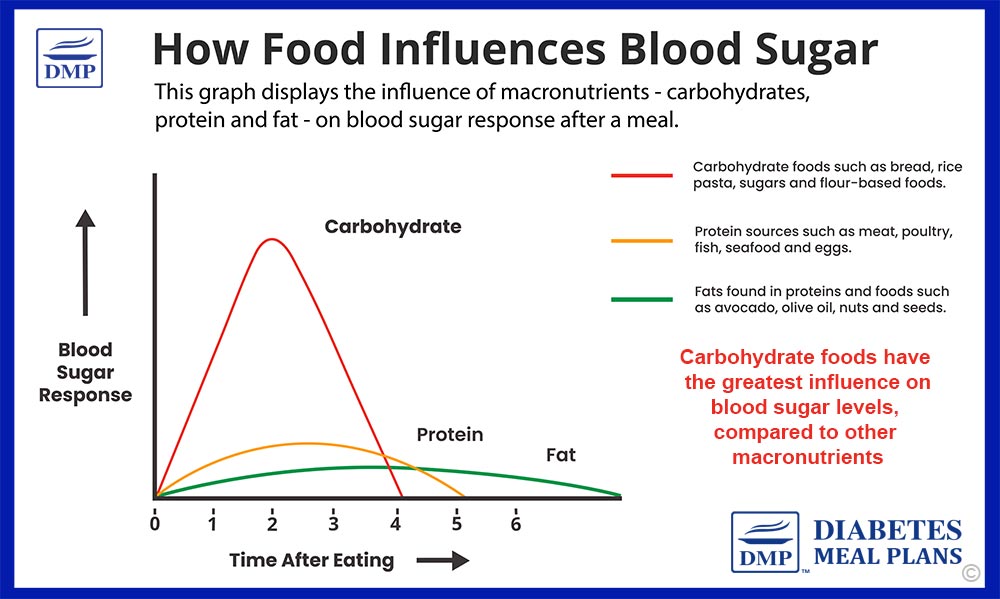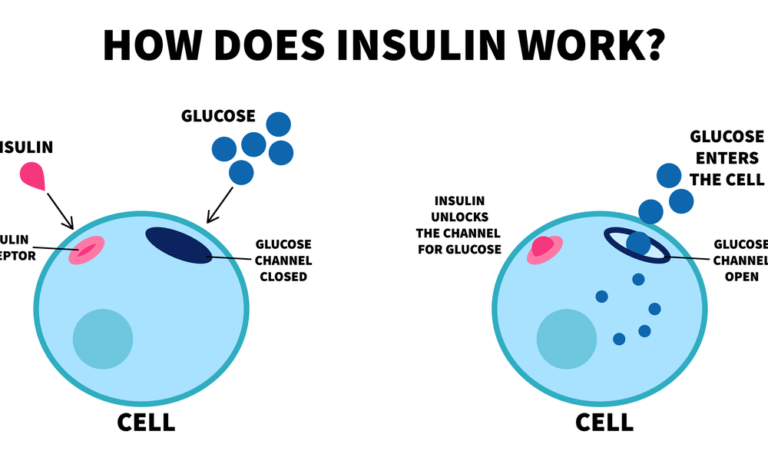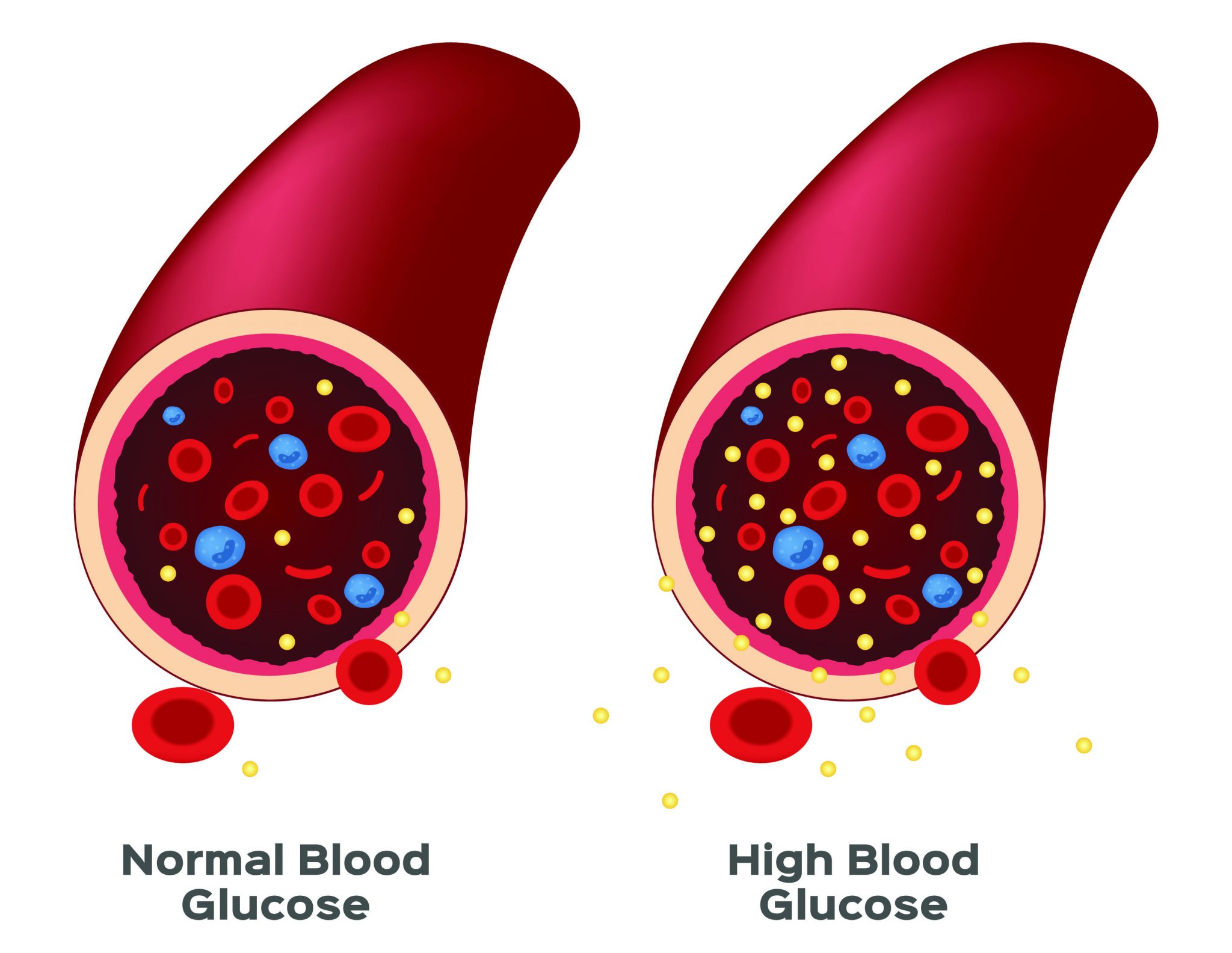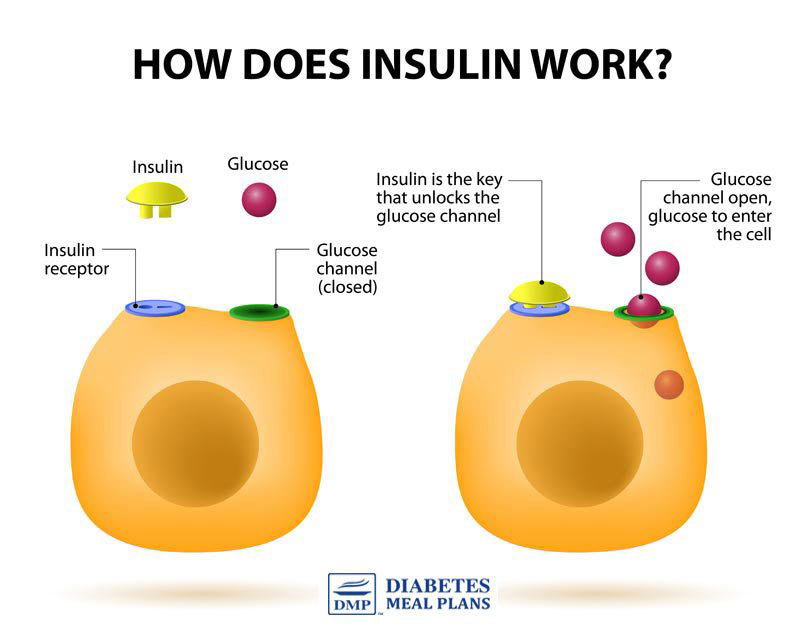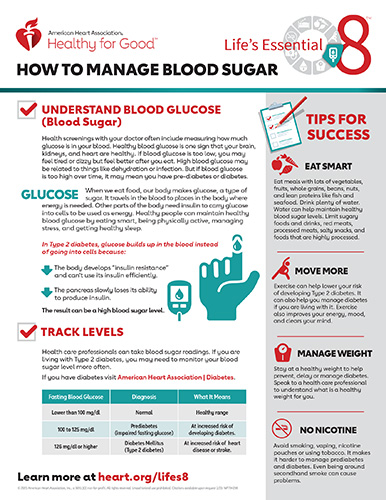How Long Does It Take Sugar To Enter Your Bloodstream

The speed at which sugar enters your bloodstream is a complex process influenced by a multitude of factors, far from a simple, one-size-fits-all timeline. Understanding this process is crucial for managing blood sugar levels, especially for individuals with diabetes or those at risk of developing the condition. This article delves into the intricacies of sugar absorption, exploring the various elements that contribute to how quickly glucose floods your system after consumption.
While many believe sugar absorption is a swift event, the reality is significantly more nuanced. The rate at which your body absorbs sugar hinges on factors like the type of sugar consumed, whether it's part of a larger meal, and individual physiological differences. Ignoring these variables can lead to misunderstandings about the impact of different foods on blood sugar and, ultimately, on overall health.
The Journey of Sugar Through Your System
The process begins in the mouth, where saliva starts breaking down some carbohydrates. However, the primary site of sugar absorption is the small intestine. Here, enzymes break down complex carbohydrates into simpler sugars like glucose, which can then be absorbed into the bloodstream.
Glucose then travels to the liver, which plays a critical role in regulating blood sugar levels. The liver can either store glucose as glycogen for later use or release it directly into the bloodstream to fuel cells throughout the body.
Factors Influencing Absorption Rate
Several factors determine how quickly sugar enters your bloodstream. These can be broadly categorized into dietary factors, individual factors, and the specific type of sugar consumed.
Dietary Factors: The composition of a meal significantly impacts sugar absorption. Foods high in fiber, protein, and fat slow down the digestive process, leading to a more gradual release of glucose into the bloodstream.
The glycemic index (GI) of a food is a measure of how quickly it raises blood sugar levels. Foods with a high GI, such as white bread and sugary drinks, are rapidly digested and absorbed, causing a quick spike in blood sugar. Conversely, low-GI foods like whole grains and legumes are digested more slowly, resulting in a more gradual increase in blood sugar.
Individual Factors: Metabolism, age, and activity levels all play a role. Individuals with faster metabolisms may process sugar more quickly. Age-related changes can affect insulin sensitivity and glucose tolerance.
Physical activity increases glucose uptake by cells, helping to lower blood sugar levels. The gut microbiome also plays a role, influencing nutrient absorption and overall metabolic health.
Type of Sugar: Different types of sugars are absorbed at different rates. Glucose, being a simple sugar, is absorbed very quickly. Fructose, found in fruits and honey, is absorbed more slowly as it needs to be converted to glucose by the liver before it can be used for energy.
Sucrose (table sugar) is a disaccharide composed of glucose and fructose. Its absorption rate falls somewhere between the two individual sugars.
The Timeline: A Range, Not a Single Number
It's difficult to pinpoint an exact timeframe for sugar absorption. However, generally, simple sugars consumed on an empty stomach can begin to raise blood sugar levels within 10-15 minutes. The peak blood sugar response typically occurs within 30-60 minutes after consumption.
For meals containing complex carbohydrates, fiber, protein, and fat, the absorption process is much slower. The blood sugar response may be more gradual and sustained, lasting for several hours.
Significance for Health Management
Understanding the dynamics of sugar absorption is particularly important for individuals with diabetes. Monitoring blood glucose levels after meals helps them understand how different foods affect their blood sugar and adjust their diet and medication accordingly. The American Diabetes Association provides guidelines on managing blood sugar through diet and lifestyle.
Even for individuals without diabetes, being mindful of sugar intake and choosing foods with a lower glycemic index can help prevent drastic blood sugar spikes. This can contribute to more stable energy levels, reduced cravings, and a lower risk of developing insulin resistance over time. Opting for whole, unprocessed foods over refined and sugary options promotes better metabolic health.
High blood sugar spikes are also linked to inflammation. Maintaining stable blood sugar levels through mindful eating habits can help mitigate this risk. Small changes, such as choosing whole grains over processed grains or adding a source of protein and healthy fats to each meal, can make a significant difference.
A Note on Artificial Sweeteners
Artificial sweeteners provide a sweet taste without contributing to blood sugar levels. While they may seem like a straightforward solution, their long-term health effects are still being researched. Some studies suggest that they may impact gut bacteria and potentially affect insulin sensitivity in some individuals. Consulting with a healthcare professional or registered dietitian is crucial before making significant dietary changes, especially those involving artificial sweeteners.
The FDA regulates artificial sweeteners, setting acceptable daily intake levels to ensure they are safe for consumption. However, individual responses to artificial sweeteners can vary, and some people may experience side effects like digestive issues. Staying informed about the latest research and paying attention to how your body reacts to these substances is essential.
Conclusion
The journey of sugar into your bloodstream is a dynamic process influenced by a complex interplay of factors. While simple sugars can raise blood sugar quickly, the overall absorption rate is affected by meal composition, individual metabolism, and the specific type of sugar consumed. This information is crucial for individuals with diabetes to manage blood sugar levels effectively, and for anyone seeking to optimize their metabolic health by making informed dietary choices.
By understanding these nuances, individuals can take proactive steps to support stable blood sugar, improved energy levels, and long-term well-being. Continued research will undoubtedly shed even more light on the intricacies of sugar absorption and its impact on overall health.

![How Long Does It Take Sugar To Enter Your Bloodstream [DIAGRAM] Diagram Of Blood Sugar - MYDIAGRAM.ONLINE](https://diabeticmuscleandfitness.com/wp-content/uploads/2017/10/Av-Gluocse-1-50.jpg)
